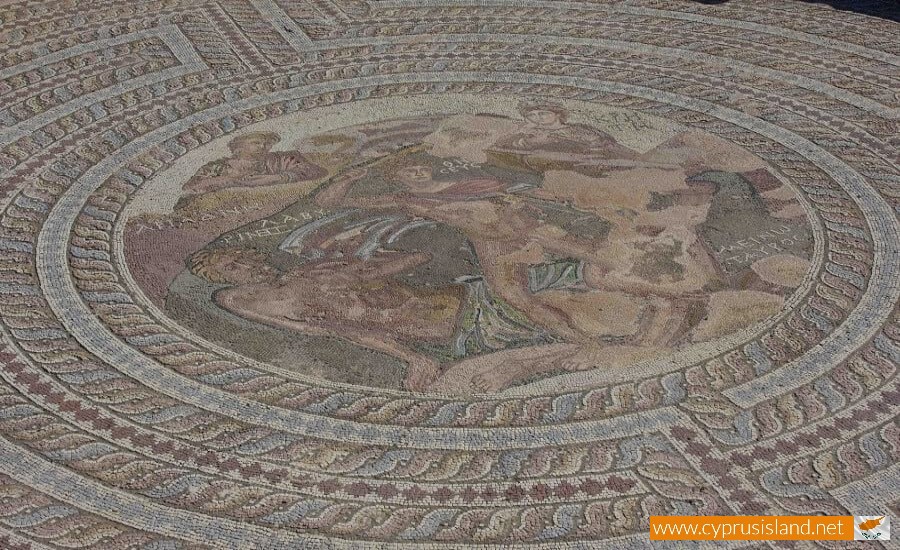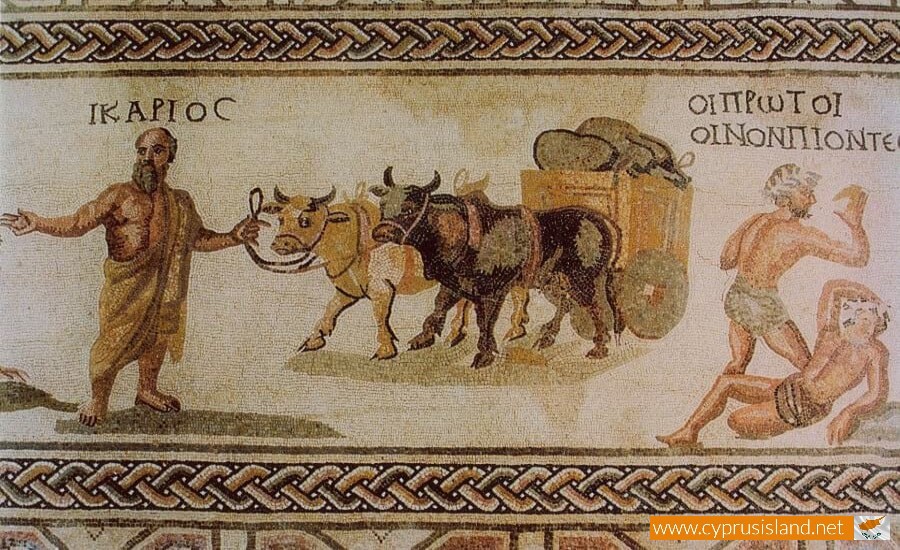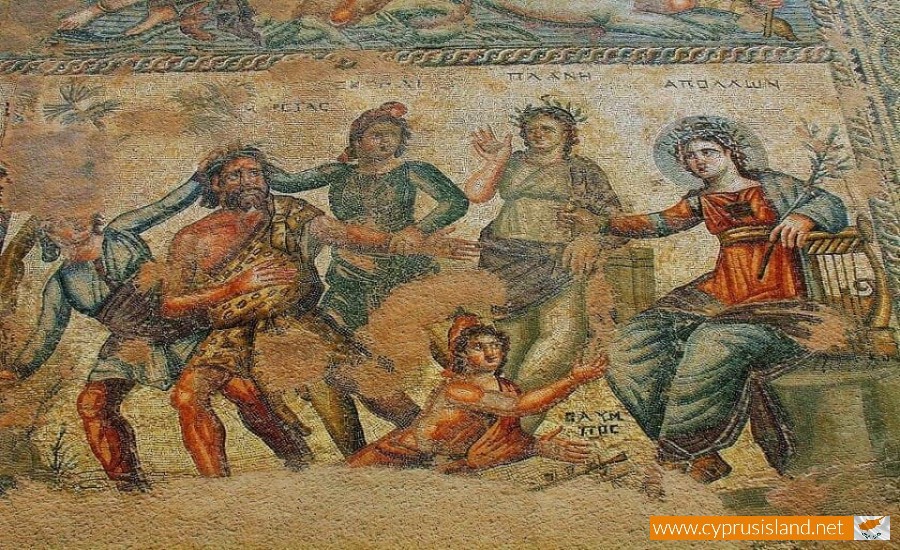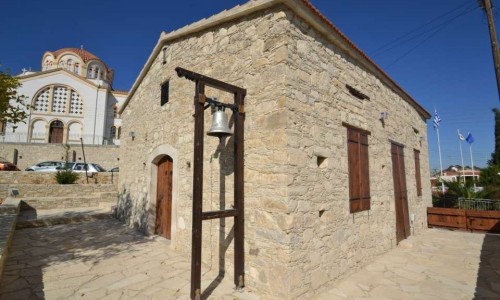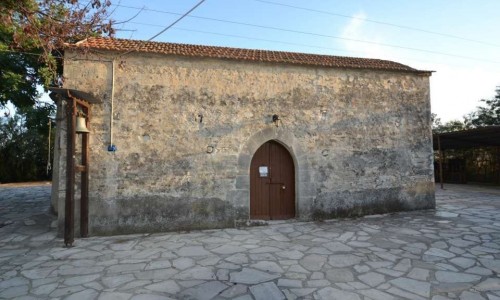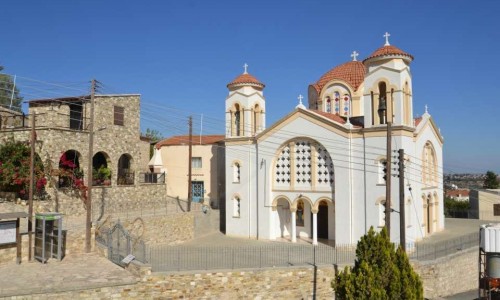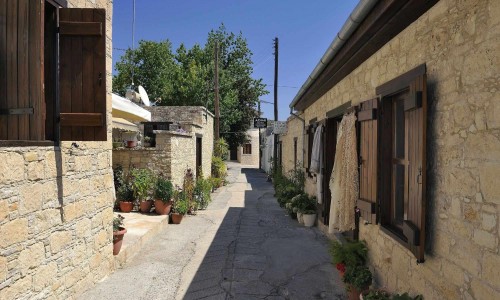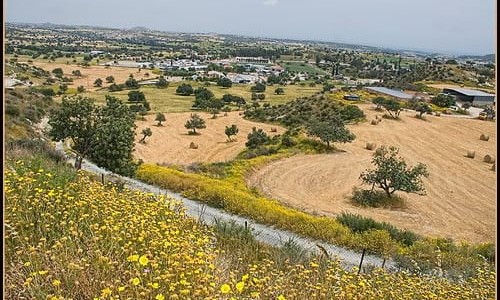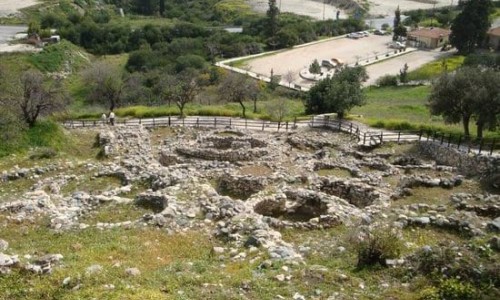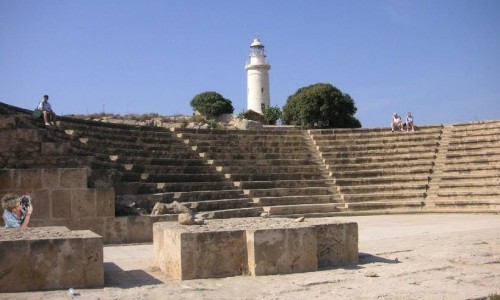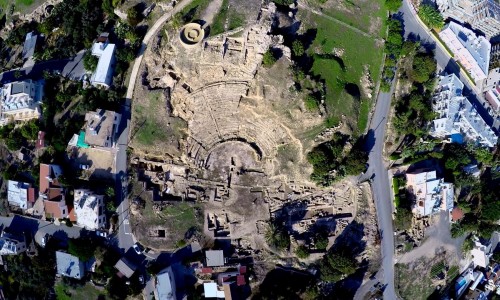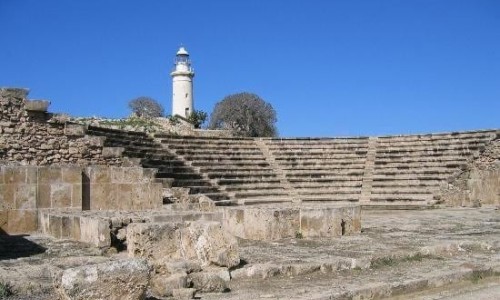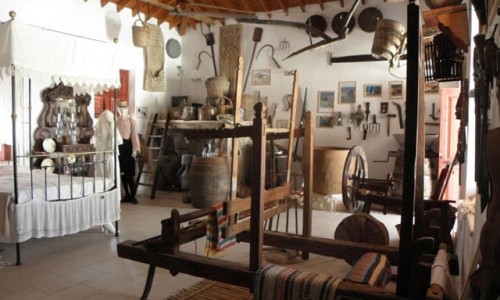Paphos Mosaics
Nestled in the southwestern coast of the island of Cyprus, Paphos is a city where the past and present coexist harmoniously. Of its numerous historical and archaeological treasures, the Paphos Mosaics stand out as a veritable spectacle that transports visitors back in time to the Roman Empire.
The Paphos Mosaics are located within the boundaries of the Paphos Archaeological Park a UNESCO World Heritage Site known for its remarkable collection of ruins, monuments, and mosaics from the Roman, Greek, and prehistoric periods. Discovered accidentally by a farmer in 1962, the Paphos Mosaics have since been recognized as one of the finest mosaic collections in the Eastern Mediterranean. The mosaics date back to the Roman period, ranging from the 2nd to the 5th century AD, and they offer a glimpse into the lifestyle, beliefs, and aesthetics of the era.
These intricate floor mosaics primarily adorned the villas of Paphos's wealthy Roman citizens. The designs depict various themes, ranging from mythology and daily life scenes to theatrical performances and sports activities. The House of Dionysus, named after the god of wine, is particularly renowned for its well-preserved mosaics. These floor mosaics feature scenes from Greek mythology, including the triumphant return of Dionysus from India and a rare depiction of the beauty contest between Queen Cassiopeia and the Nereids. Another remarkable set of mosaics is found in the House of Aion, featuring the enigmatic figure Aion surrounded by the three Graces and the seasons, symbolizing the eternal flow of time.
The craftsmanship of the Paphos Mosaics is extraordinary. The artists, using small cubes of stone and glass tesserae, were able to create a wide variety of vibrant colors and shades. These minute pieces, carefully arranged, formed intricate designs and detailed portraits, exhibiting a high degree of realism and artistic mastery.
The preservation of the Paphos Mosaics is a testament to the commitment of the Cyprus Department of Antiquities towards safeguarding its cultural heritage. Many of the mosaics are covered with sand to protect them from the elements when not on display, but those open to the public are sheltered by specially built structures. Walking around the archaeological site, visitors can admire the stunning mosaics and immerse themselves in the stories they tell. Information panels provide insights into the scenes depicted, making it a truly enriching experience.
The Paphos Mosaics serve as a vibrant reminder of Cyprus's rich historical and cultural tapestry. They provide a unique opportunity for visitors to journey back in time and explore the artistry, mythology, and lifestyle of the Roman era. A visit to the Paphos Mosaics is not just a tour; it's an experience, one that beautifully blends education and exploration. Whether you're an ardent history enthusiast or a casual traveler, the Paphos Mosaics promise a fascinating encounter with the past that will linger in your memories long after your visit.
Address: Kyriakou Nikolaou Street, Kato Paphos, Paphos, Cyprus
Additional Information
- Tel: +357 306217
- Open daily: Winter hours (1st November- 31st March): 08.00-17.00
- Open daily: Spring hours (1st April - 31st May): 08.00-18.00
- Open daily: Summer hours (1st June - 31st August): 08.00-19.30
- Open daily: Autumn hours (1st September - 31st October): 08.00 - 18.00
- Entrance: €4.50 (Paid at the entrance and it for accessing the entire Archaeological Park sites)


